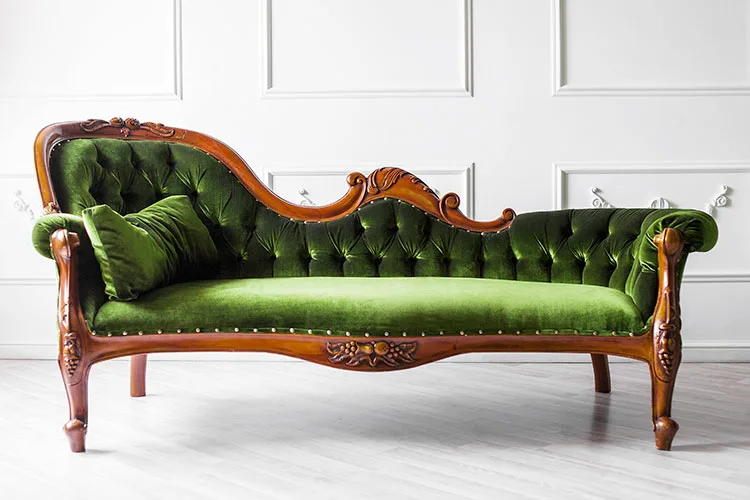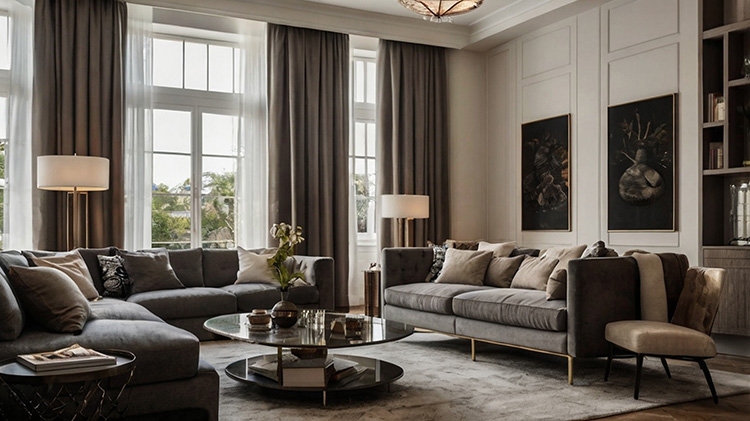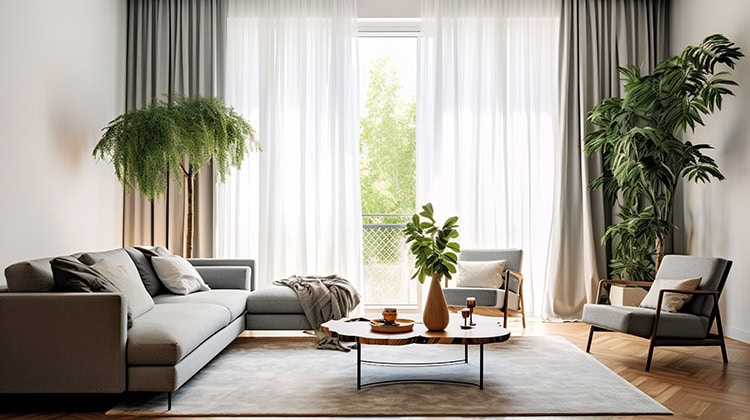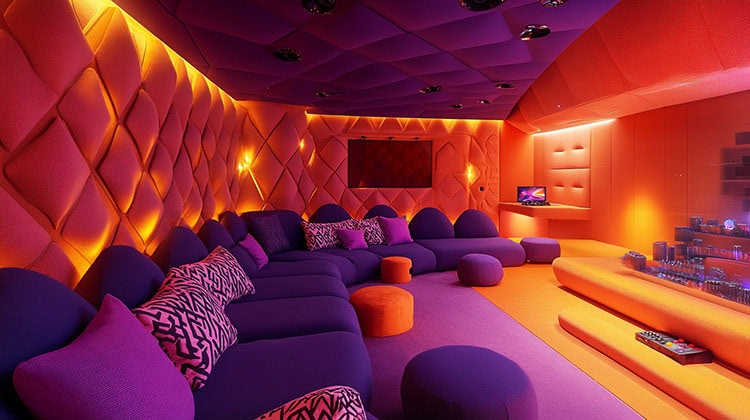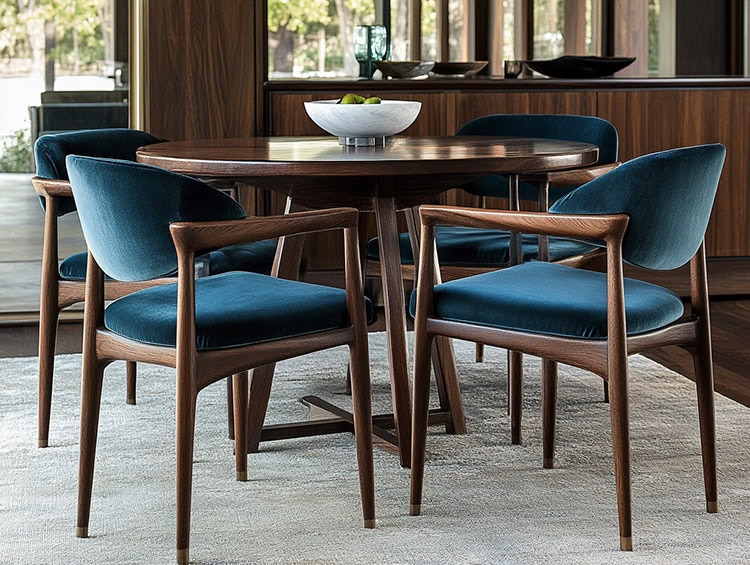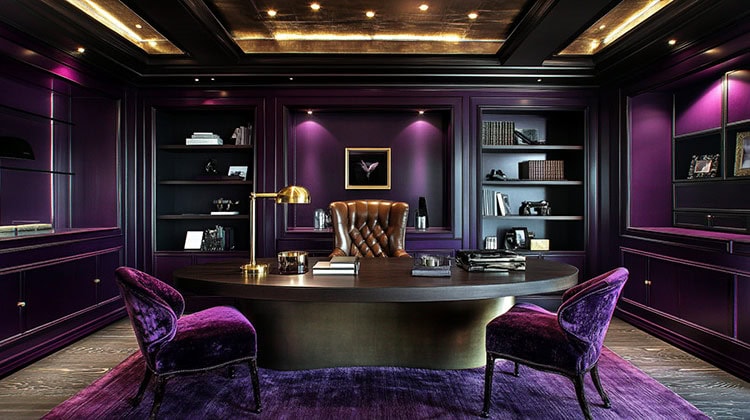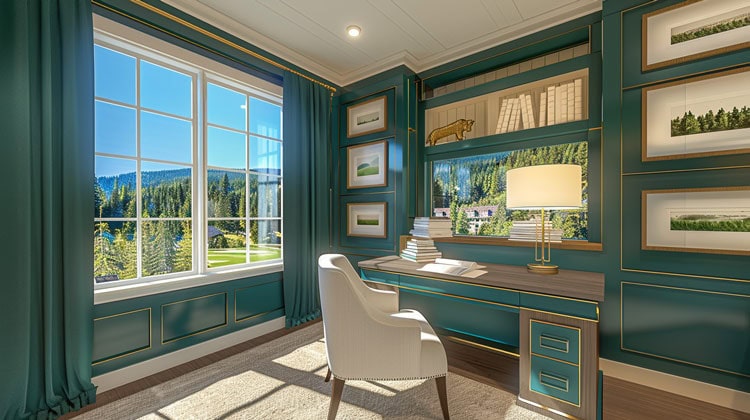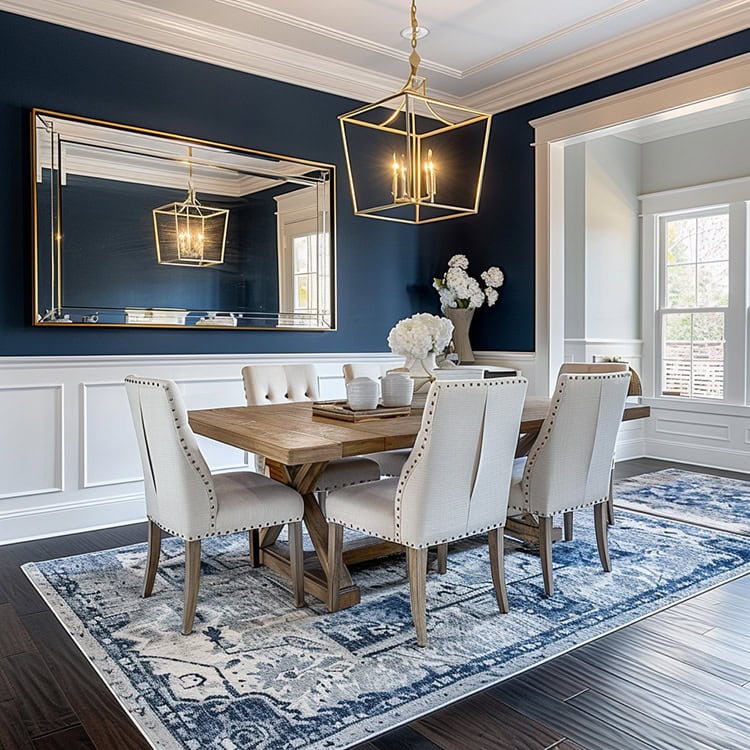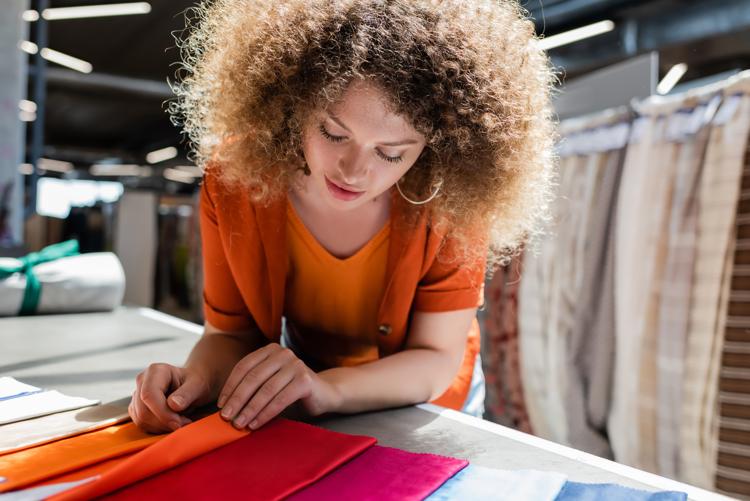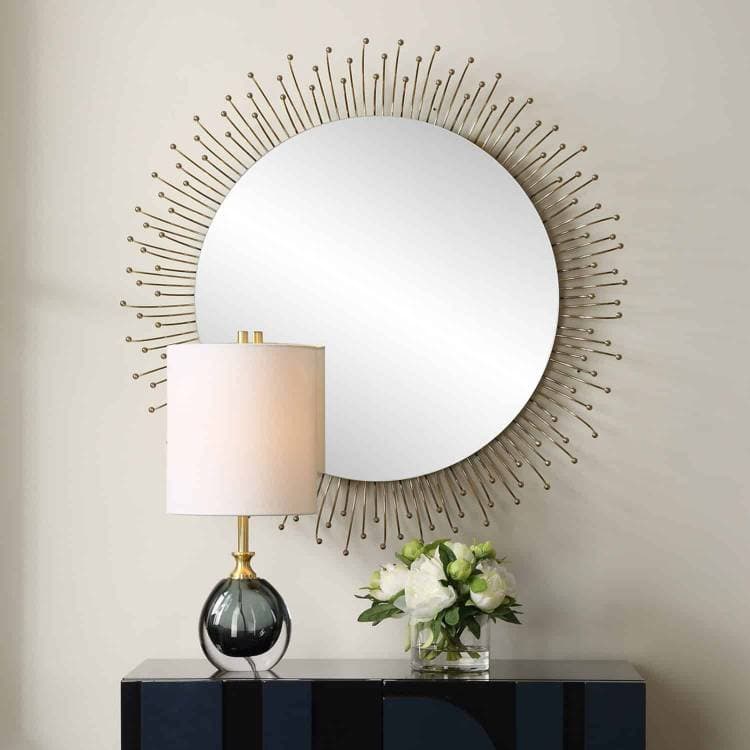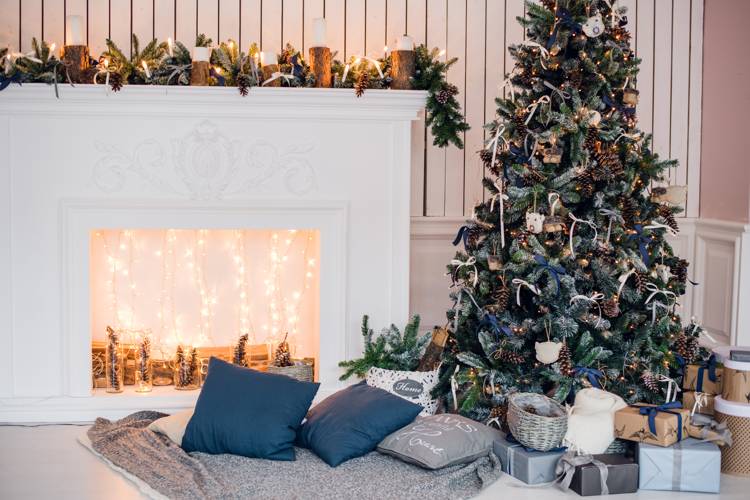Ahhh, velvet. It’s regal, it’s soft–what’s not to love?
There really is something special about velvet–so much in fact, it’s often used to describe how delectable certain things are. Think about it. Red velvet cupcakes sound much more alluring than plain cupcakes. Velvet slippers feel much more decadent than cotton ones. You’ve probably even heard soft or flowing things referred to as being “velvety smooth.”
Dating back thousands of year, this tufted fabric was once associated with nobility only. Thankfully, that’s no longer the case. Today, we see velvet all around us, being used in our wardrobes and in our homes.
So let’s take a deeper look at this sumptuous fabric with its soft, distinctive feel, and how it’s the perfect choice for those places in your home that need an extra layer of coziness and style.
Types of Velvet
Velvet can be made from a variety of fibers such as cotton, linen, mohair, wool, and silk. Although each fiber produces different results, velvet still remains a lovely choice for home decorating.
Linen Velvet: Linen velvet has thin striations and a nubby surface that give it a textured, dry appearance. This variety is cooler on the body and looks lovely in casual living settings.
Silk Velvet: Silk velvet is an experience like no other. It’s pronounced luster comes from its silk filaments that act like prisms reflecting light. It’s smooth to the touch and often gives off the appearance of being wet.
Printed Velvet: Did you know that velvet is available in more than just solid colors? Some velvets are topically printed with delightful patterns that can make big statements in a home.
Mohair Velvet: Mohair velvet is made from the hair of Angora goats. This variety is extremely durable and less prone to becoming crushed or matted, making it a great choice for areas that get heavier use.
Devore Velvet: Even if you aren’t familiar with the name, you’re probably familiar with the look. Devore velvet, more commonly known as burnout velvet, goes through a chemical process which leaves velvet only in the patterned areas against a semi-transparent (burned out) background. This variety is lightweight and full of texture.
Crushed Velvet: Crushed velvet gets its unmistakable appearance because of its unique fabrication process. While still wet, the fabric is crushed and twisted as it’s pulled through a narrow cylinder. Afterwards, it is dried in a crumpled form. In many cases, crushed velvet is used in more nontraditional spaces.
Advantages and Disadvantages of Velvet
Before deciding on fabrics for your home, it’s always best to be aware of its pros and cons. First, let’s take a look at some of the advantages.
Velvet is soft and luxurious. People don’t typically buy velvet because it’s practical. Pretty much the opposite, actually. It’s a special fabric and it’s used for special applications. There’s really no other fabric that has the suppleness that velvet offers naturally.
Velvet is rich in color. Velvet is dyed after its been woven, and because of the pile of its fibers, it accepts the dye very well. The result? Rich, rich colors.
Velvet offers good insulation. Since velvet is thick and dense, it makes a wonderful insulation barrier that can be especially beneficial for windows.
Now, for the disadvantages.
Velvet can be difficult to clean. Yes, it’s true–but it’s worth it. To make it less of a challenge, buy a lint brush and use it regularly. If you have pets, this might not be a great fabric choice as it’s a magnet for fur.
Velvet can wear easily. Of course, this will vary based on the variety of velvet you choose. Taking heed to where the fabric will be used is a great way to make a good decision. Make sure you choose a more durable variation for high-use areas of your home.
Velvet can be expensive. Granted, it is more affordable than it used to be, but it’s still a bit of an investment. With that said, many discount fabric outlets have a decent selection for those looking to save some money. Prices typically depend on the variety.
How to Use Velvet in Your Home
The best thing about velvet is its texture, but if it’s not used appropriately, it can be very overwhelming. Velvet can be many things: seductive, classy, chic, or glamorous–but too much in one space minimizes the elegance, making it seem almost tacky. You don’t want it to lose its impact, which is why it’s important to use it sparingly. Keep reading for a few ideas on how to incorporate velvet into your home décor.
The Bedroom
The bedroom is a perfect place to start. What better place to surround yourself with comfort? For a classy look, try a velvet-covered headboard. Throw a velvet blanket on top of the bedding to have accessible warmth whenever you need it. For something a little more daring, skip the headboard and wrap the box spring in velvet. Not only will it look luxurious, you can do without the bed frame.
Formal Areas
Formal living rooms or formal eating areas such as the dining room are great places to use velvet. The easiest, and possibly the best way, is through drapery. Adding long velvet drapes to your windows are a wonderful way to bring drama into the space. To top it off, consider reupholstering pieces like dining room chairs, a chaise lounge, or a chair and ottoman.
Casual Spaces
A super easy way to bring a little elegance into your casual spaces is with decorative pillows and throws. Even the most casual chair or loveseat can look glam with some fringed velvet pillows or a soft throw draped over it. If your casual space is all about fun, add one colorful velvet piece of furniture to your room.
How to Clean Velvet Upholstery
Earlier, it was mentioned that velvet can be challenging to clean. To avoid damaging its beautiful plushness, you have to take great care when cleaning it. Here are some basic tips to follow when it comes time to freshen it up:
- Use a soft bristle hairbrush, velvet brush or cloth to smooth or to keep dust and debris at bay. Always brush in the direction of the nap.
- Vacuum excess dust, dirt or fuzz on the fabric surface. A special attachment for velvet can be found at appliance stores where vacuums are sold or at fine furniture stores.
- To remove creases, use a steamer. Use a moderate pace until it disappears.
- If liquid spills, try to remove as much moisture as you can from the upholstery. The best way to accomplish this is to use a dry absorbent cloth. Dab lightly to avoid pushing the moisture further into the fabric.
- To tackle stains, mix a few drops of dish detergent in a small amount of warm water and create suds. Apply lightly and try not to over wet the spot. For stubborn stains, use a dry cleaning solvent.
- Let the fabric air-dry. A hair dryer set on low heat can be used to speed up the process if needed. Hold it about 5 inches away from the fabric and keep moving to avoid damage.
Now that you know a little bit more about velvet are you ready to add it to your home’s décor? Stop in at Cutting Corners in Dallas, Tx where we have huge sales going on in addition to our already wholesale prices on Designer Fabrics, Drapery Hardware, Curtain Rods, Rugs and more.

